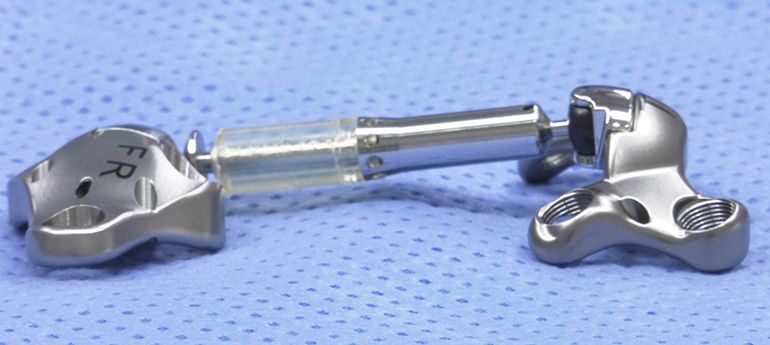Celebrate Bedford Day, a celebration of the first human to be placed into cryonic suspension.
Dr. James Bedford is the oldest person currently in Cryostasis.
On Jan. 12, 1967, James Bedford, a psychology professor at Glendale College in California who had just died of cancer, took his first step toward coming back to life. On that day, the professor became the first person ever frozen in cryonic suspension, embedded in liquid nitrogen at minus-321 degrees Fahrenheit.
Ben Best will give a presentation on:
Advances in Cryonics Technology since James Bedford.

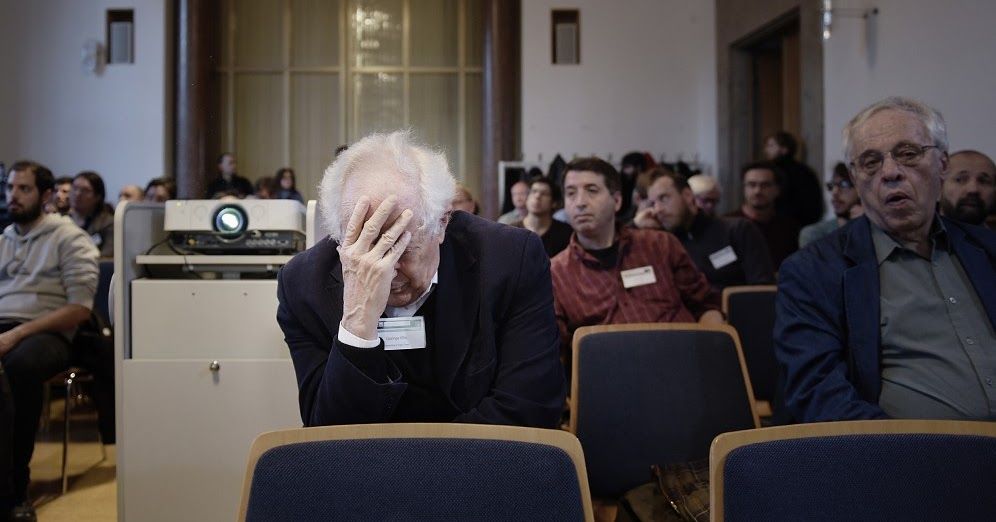
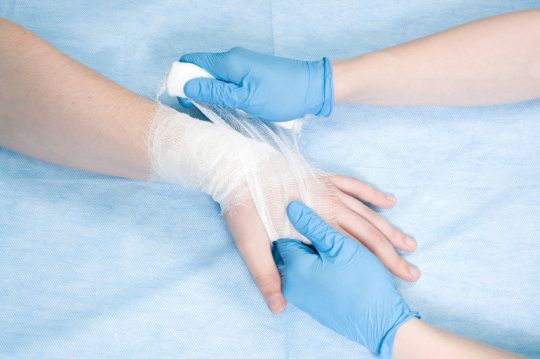



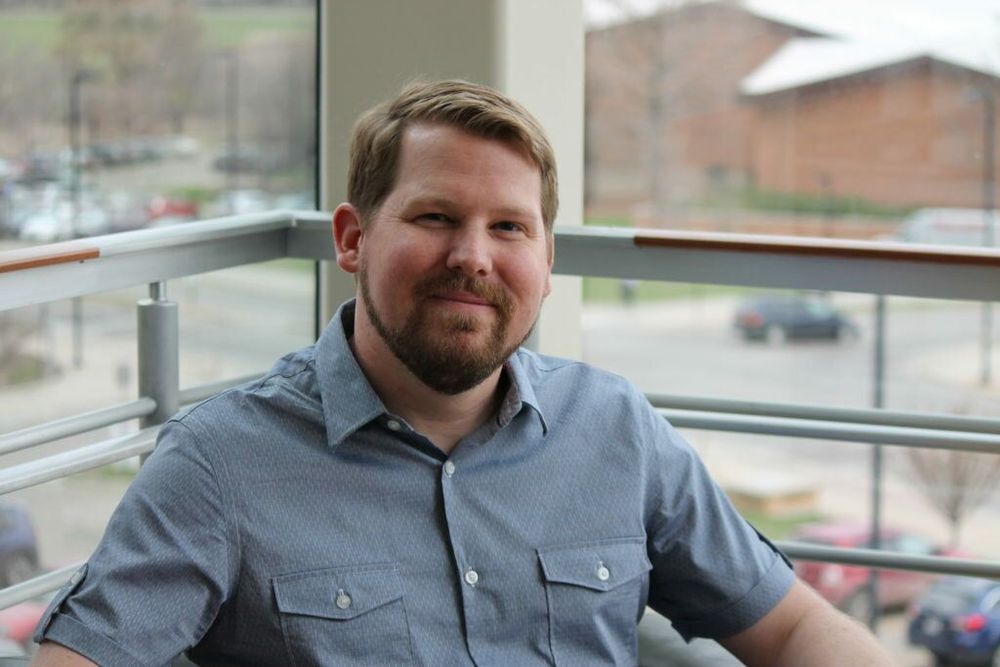
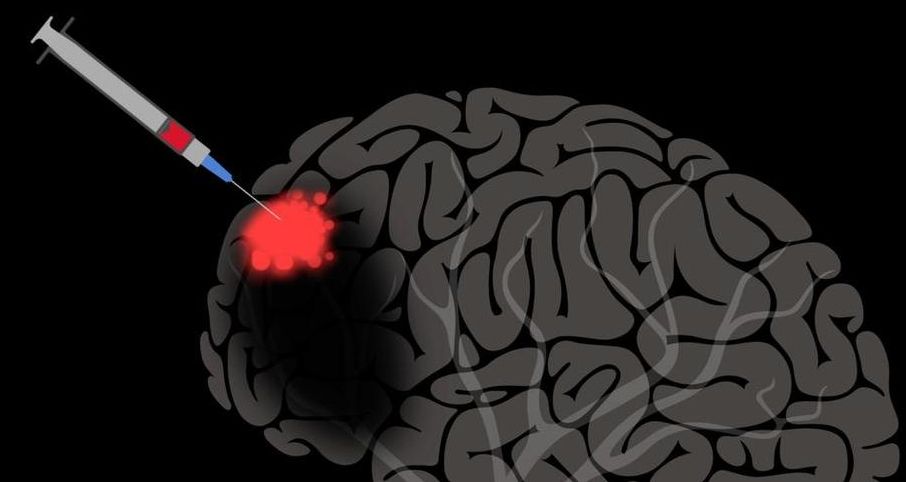
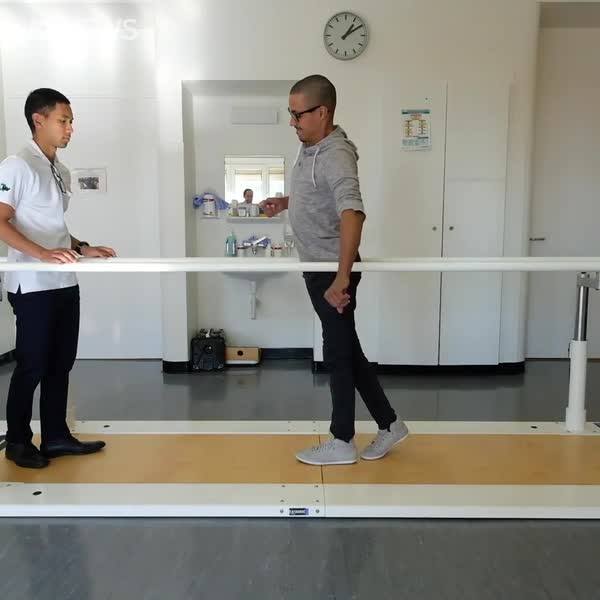

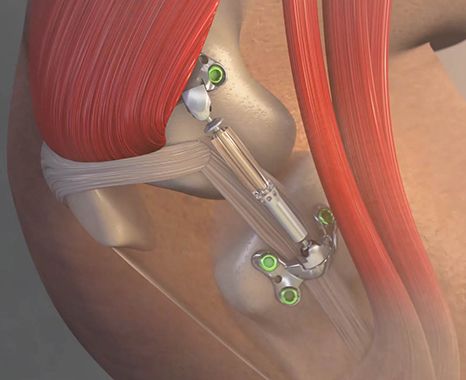 A total knee replacement is usually the result of the cartilage within the joint wearing out due to arthritis. Such surgeries are difficult to perform, require a good deal of rehabilitation, and too often result in sub-optimal outcomes. An implantable shock absorber has now been implanted for the first time in the United States to test whether it can delay the need for total knee replacements, and maybe even avoid such procedures completely in many patients.
A total knee replacement is usually the result of the cartilage within the joint wearing out due to arthritis. Such surgeries are difficult to perform, require a good deal of rehabilitation, and too often result in sub-optimal outcomes. An implantable shock absorber has now been implanted for the first time in the United States to test whether it can delay the need for total knee replacements, and maybe even avoid such procedures completely in many patients.